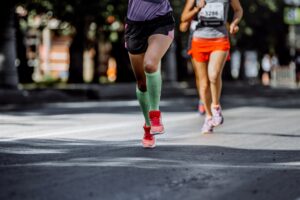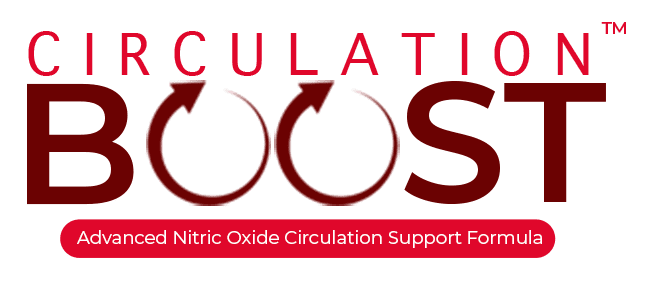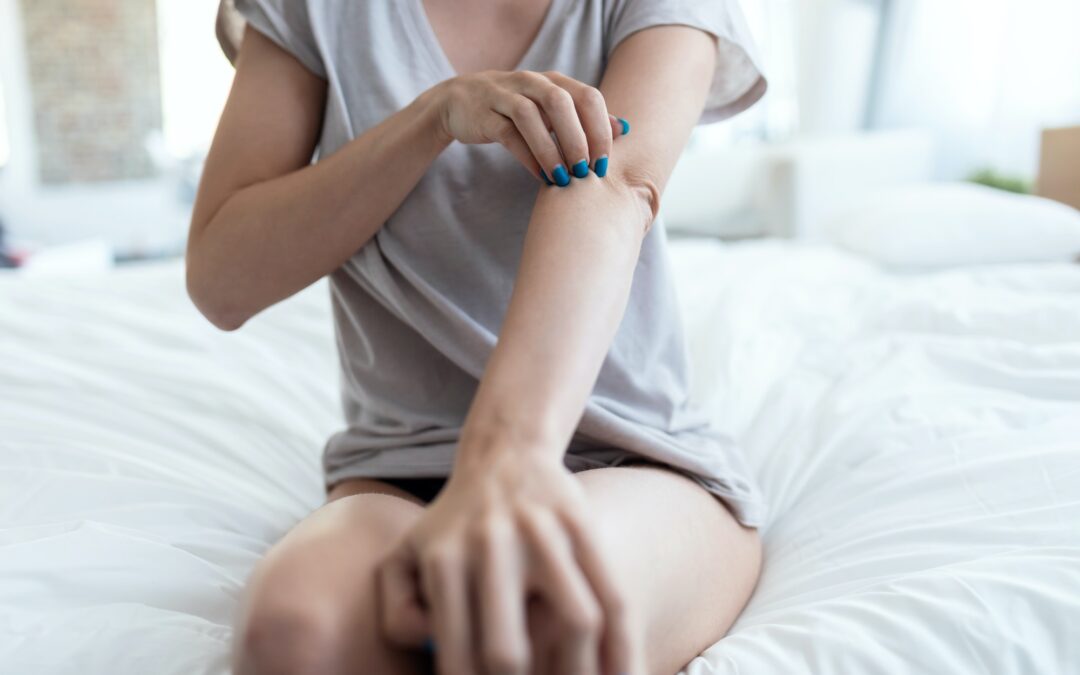It’s essential for your health to know about vein pain, why it happens and how to overcome it. Learn the causes and treatments.
It’s easy to spot varicose veins: they’re swollen, enlarged veins with a blue or dark purple hue and appear on the legs and feet. However, not all varicose veins are visible; some can be buried deep in the body, causing unseen pain and discomfort.
According to the Society for Vascular Surgery, about 35% of people in the U.S. have varicose veins. Since the condition is fairly common, it’s important to know why vein pain happens and how to overcome it.
Symptoms and Causes
There are various conditions that can surface due to varicose veins. Some of these conditions include lymphedema, dermatitis, and superficial thrombophlebitis.
Lymphedema
Varicose veins may cause certain issues and affect different parts of the body, including the lymphatic system. The lymphatic system is key for immune function, as it helps transport and remove toxins and waste products.
Varicose veins may damage the lymphatic system, causing swelling in the feet and toes (lymphedema). Moreover, people with lymphedema can develop cellulitis, a condition that leads to inflammation in the soft tissue of the skin.
Dermatitis
Varicose veins may also lead to venous stasis dermatitis, which makes the skin leathery and a brown-like color. Symptoms of general dermatitis include itchy rashes that appear on the ankle or lower leg.
Furthermore, dermatitis can result in painful sores, skin ulcers, and bleeding that lead infections and irritations.
Superficial Thrombophlebitis
Varicose veins can also cause clot formations in the vein. Superficial thrombophlebitis happens when these clots appear close to the surface of the skin and cause pain among other issues.
 Treatment Options
Treatment Options
Even though varicose veins don’t always lead to issues, it’s important to treat them when they cause pain and other symptoms. The following are treatment options that may help bring relief to varicose veins.
Compression Stockings
To improve circulation in the legs, elevating the legs, exercising regularly, and using compression stockings can help. However, it’s important to remember that the benefits of compression socks may not be felt in full until about 6 months of use.
Compression socks and stockings work by compressing the leg tissue around the veins. As a result, they help prevent blood from pooling and can reduce inflammation and aching.
Ablation
Compression socks and exercise are a great way to prevent issues associated with varicose veins. However, when the symptoms of varicose veins are constant, more professional treatments will be necessary.
One of these treatment options is ablation, a relatively quick procedure that can be administered in a doctor’s office. Ablation involves using a laser or radiofrequency to seal the veins in question.
The procedure is painless through the use of local anesthetics and takes about 20 minutes to complete.
Sclerotherapy and Surgery
Another method that is not quite invasive is sclerotherapy. During the procedure, the doctor will inject a foam (sclerosant) into the varicose veins.
As a result, the vein will close off and eventually disappear. However, in certain cases, the doctor may recommend a type of surgery called ligation.
The surgery involves tying up the veins to stop blood from pooling. Another type of surgery called stripping is where the surgeon removes the varicose vein.
Preventing Varicose Veins
While varicose veins do not necessarily cause any negative symptoms, it’s important to seek medical treatment when they do. If they cause pain, irritation, or discomfort, it’s important to visit a health professional and determine the proper treatment.
However, when it comes to any health condition, it’s always better to prevent than to treat. Even though varicose veins are not always preventable, certain lifestyle choices may help improve circulation and improve symptoms.
Being physically active is important, even while at work; if a job requires sitting or standing for long periods, take a “moving” break every 30 minutes. When sitting or sleeping, keep the legs elevated above the level of the heart if possible.
Maintaining a healthy weight can help, as well as taking circulation supplements like Circulation Boost. The ingredients in these supplements work to improve circulation naturally and safely.
Improving circulation health is essential in feeling relief from vein pain, so make sure you exercise, eat healthy, and add some circulation supplements to your routine.

